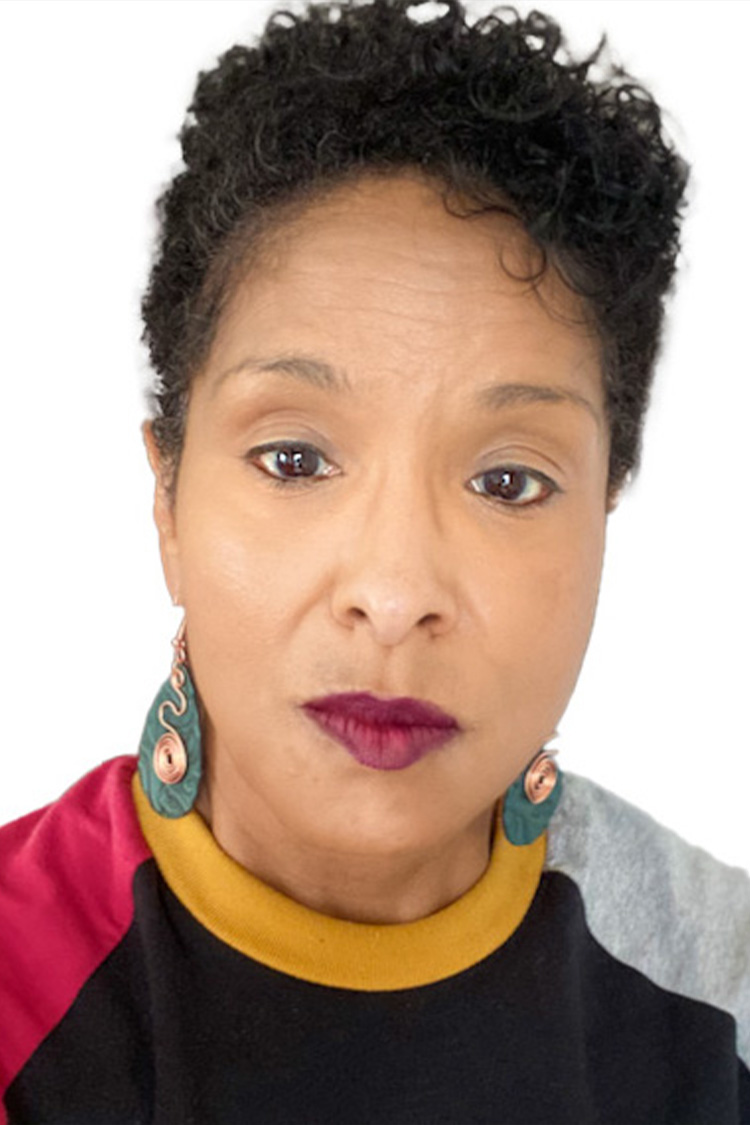
Susan Mango Curtis
(She/Her)
Professor Emeritus
Susan Mango Curtis is a visual journalism leader and creative thinker with expertise in strategic planning product management in digital and print. She teaches digital storytelling and graphic design, specializing in immersive storytelling curriculum. Curtis is a dedicated educator providing students with the capability to effectively find, interpret, evaluate, recognize, use, create and appreciate visuals. She has been a champion of visual thinking throughout her design career. She enthusiastically sees the potential for digital news delivery and was an early adapter of digital publishing on mobile phones and tablets.
Curtis is recognized as an Adobe Education Leader and official Northwestern campus Adobe creative representative. She has been a beta software tester for the Scroll Motion Ingage app and Adobe; Spark, Premier Rush, DPS, Dimensions, Animate, Character Animator, Photoshop iPad, Lightroom mobile, Capture mobile app.
As former president of the Society of News Design, Curtis was the driving force behind the development of the first SND Design Code of Ethics, used by visual journalist around the world and the 2019 recipient of SND Lifetime Achievement Award. She was formerly the assistant managing editor for the Akron (Ohio) Beacon Journal. She led a total redesign in 1991 and won numerous awards for the visual look and organization. She was also part of the team that won the Pulitzer Prize gold medal for a series titled “The Question of Color.”
Curtis operates a design consulting business both in the United States and abroad and frequently lectures on design for various universities and newspaper societies. She is a founding member of National Association of Black Journalists Visual Task Force and the NABJ Journalism Educator of the Year 2020.
Teaching Philosophy
Curtis believes teaching is about guiding, inspiring and advising students in mastering complex topics, fostering energy that allows them to thrive and grow in a rapidly changing technological world. The classroom environment is a safe place to step back from traditional storytelling and explore creative approaches. The goal is to prepare students to graphically produce and convey information in a way that enhances and elevates its meaning. And human-centered design plays a role in each assignment, in which students put people at the center of the research and use design thinking as their lens to view the world. Nothing excites her more than seeing students practice alternative story techniques that explore the intersection of storytelling and art in various contexts. This provides the knowledge needed to successfully become creative thinkers of the future, that think differently, explore and reflect, confident in their design skills enough to push the creative imagination and take crazy ideas and turn them into tangible digital communications.

